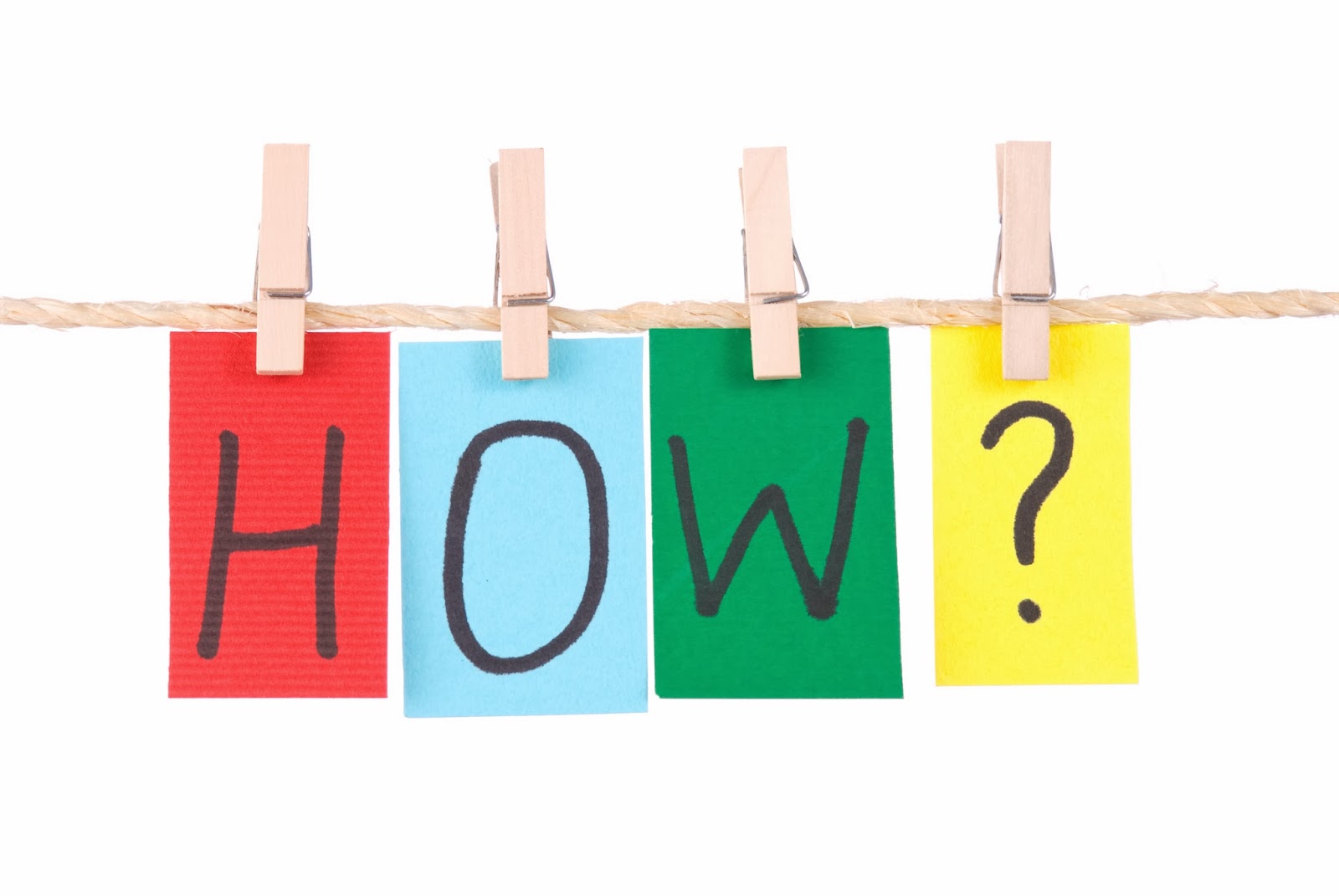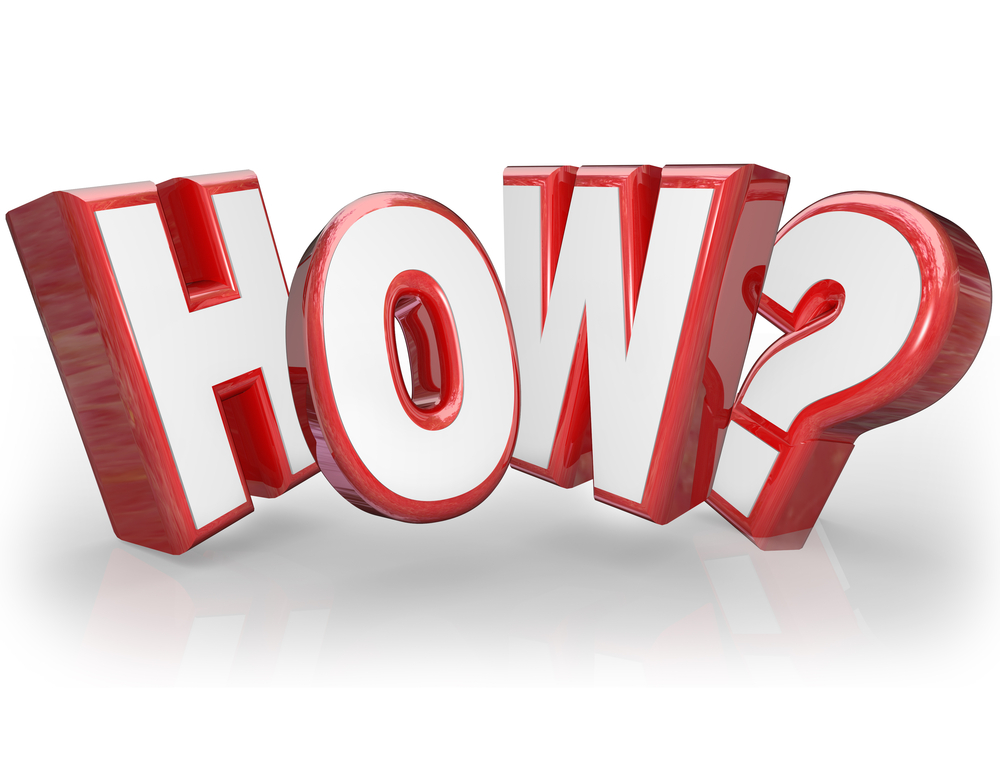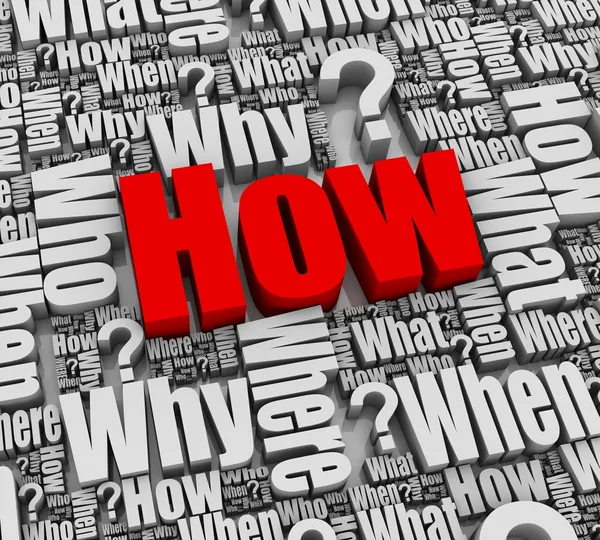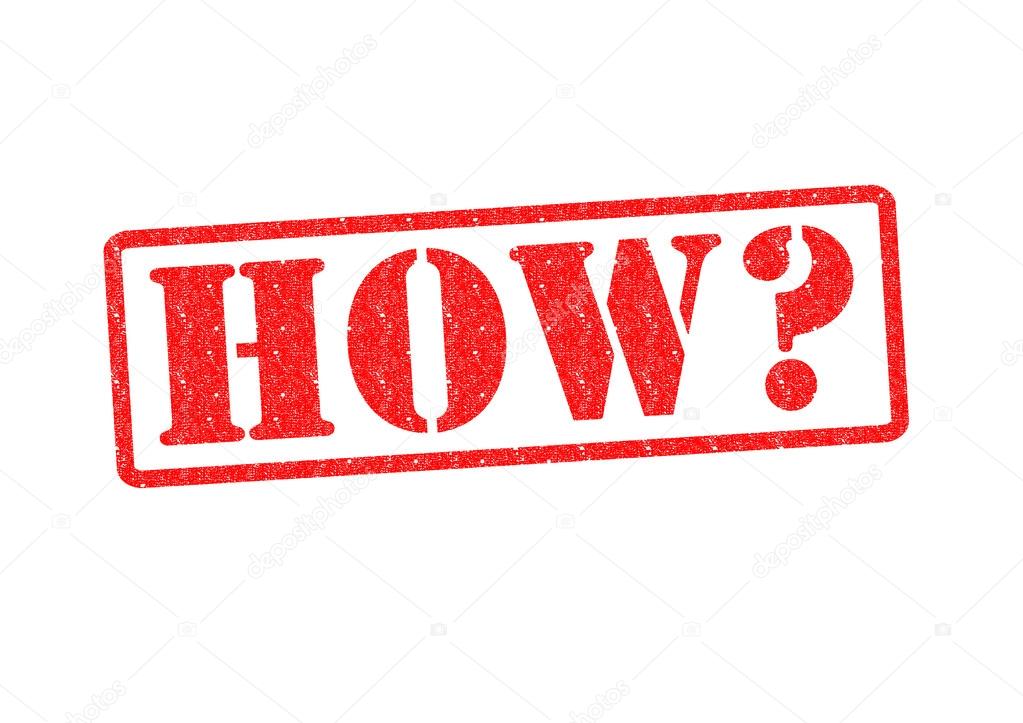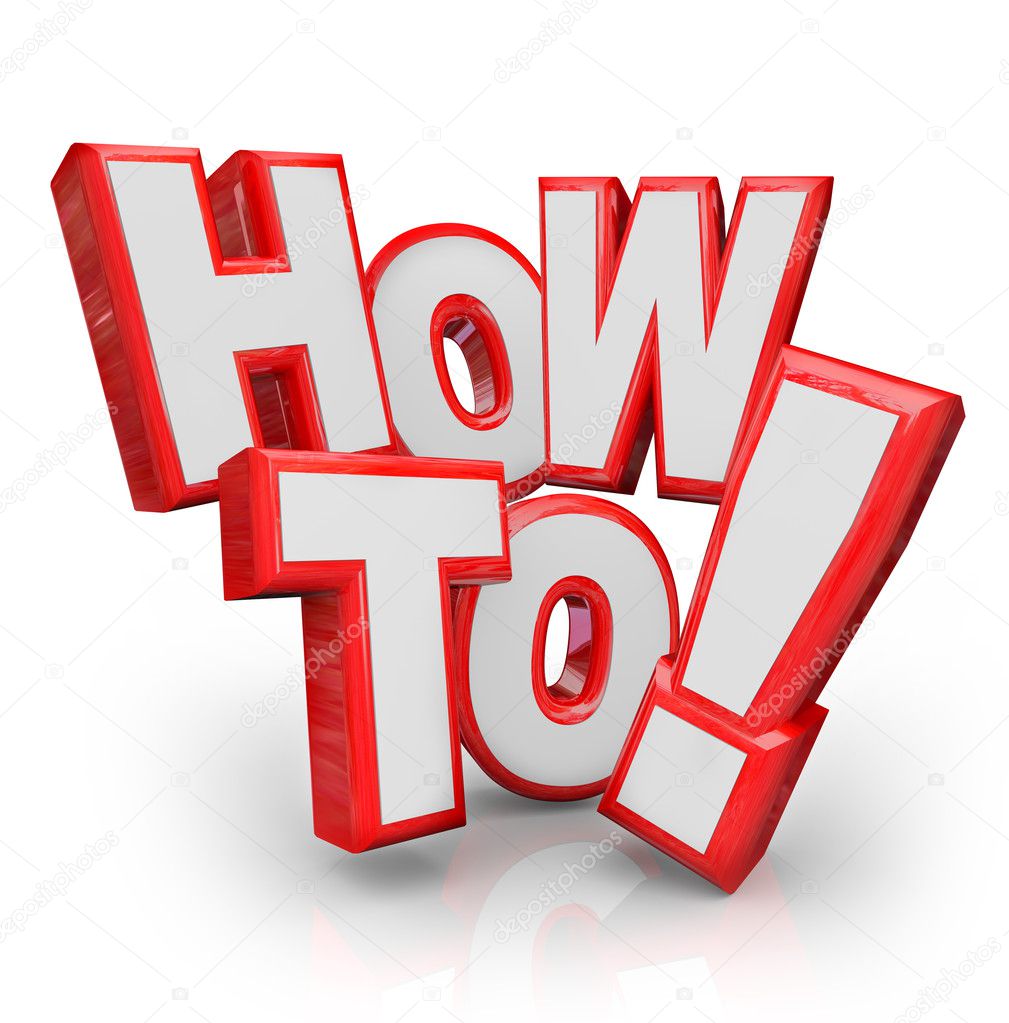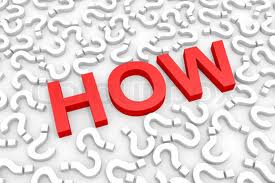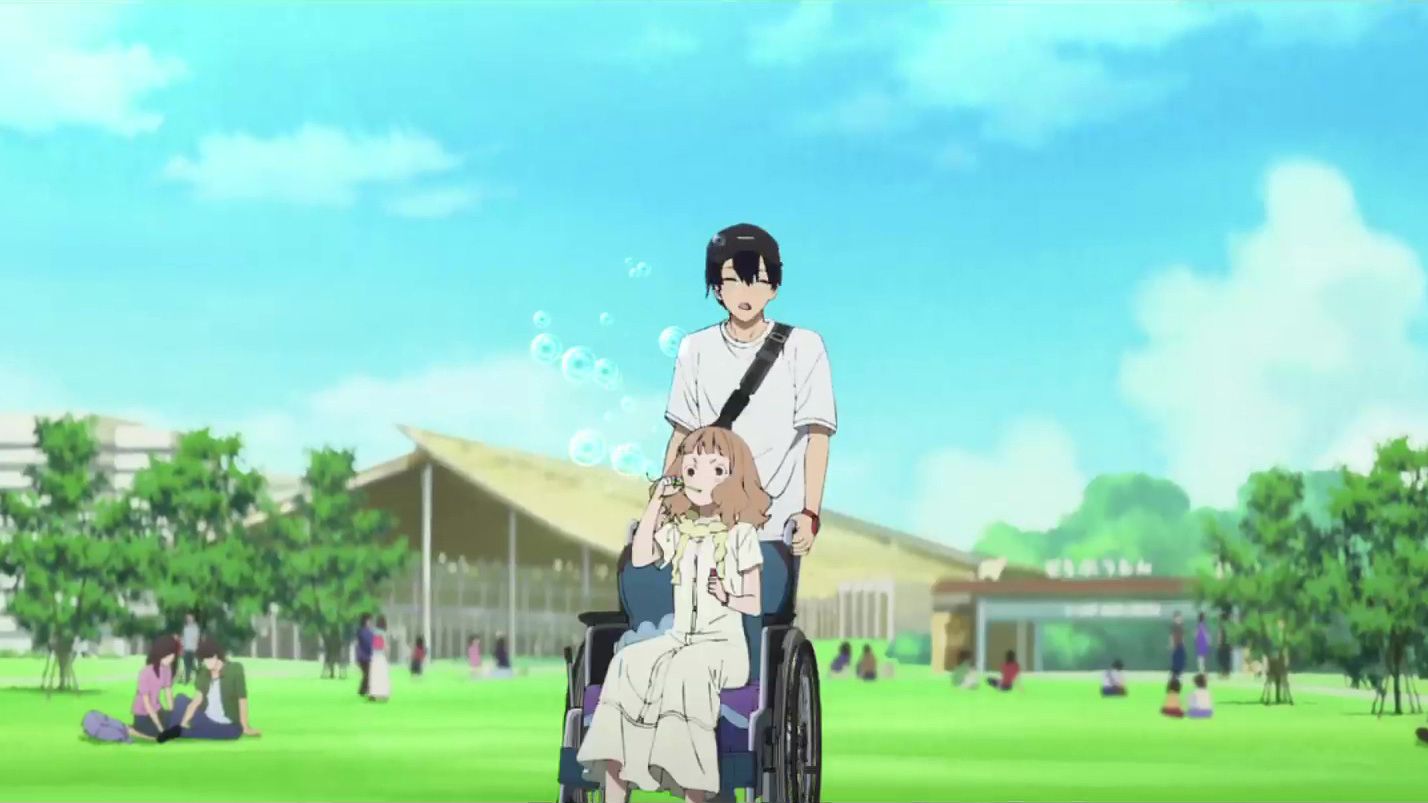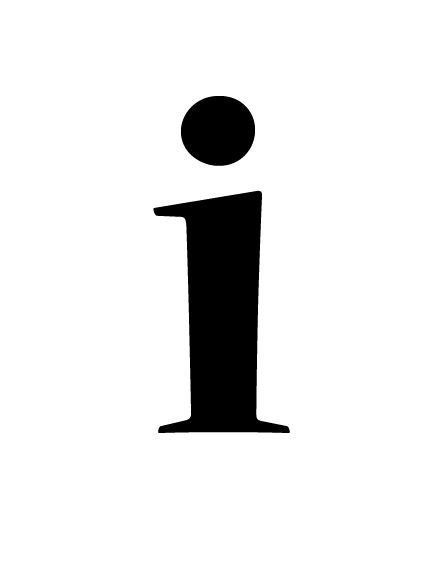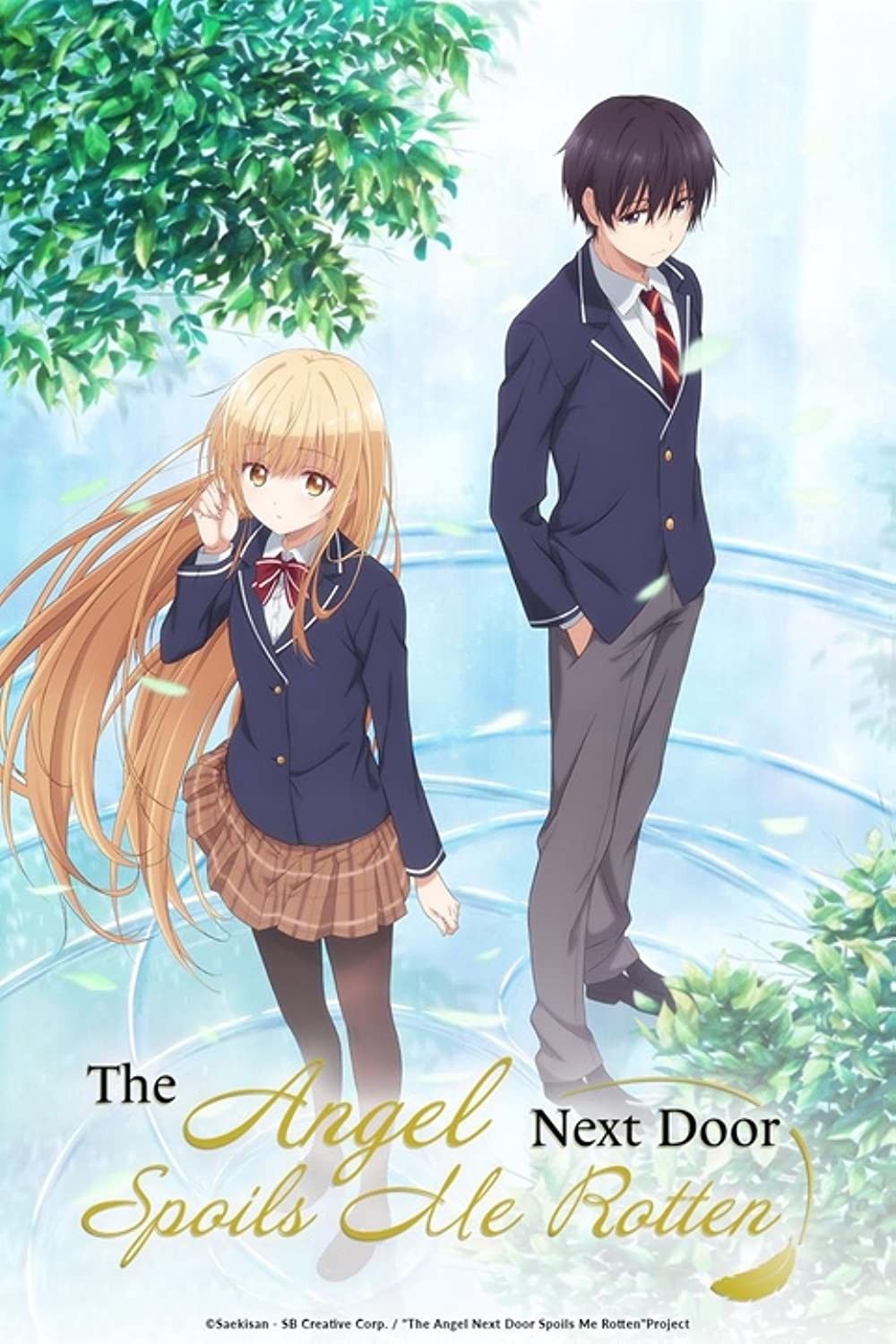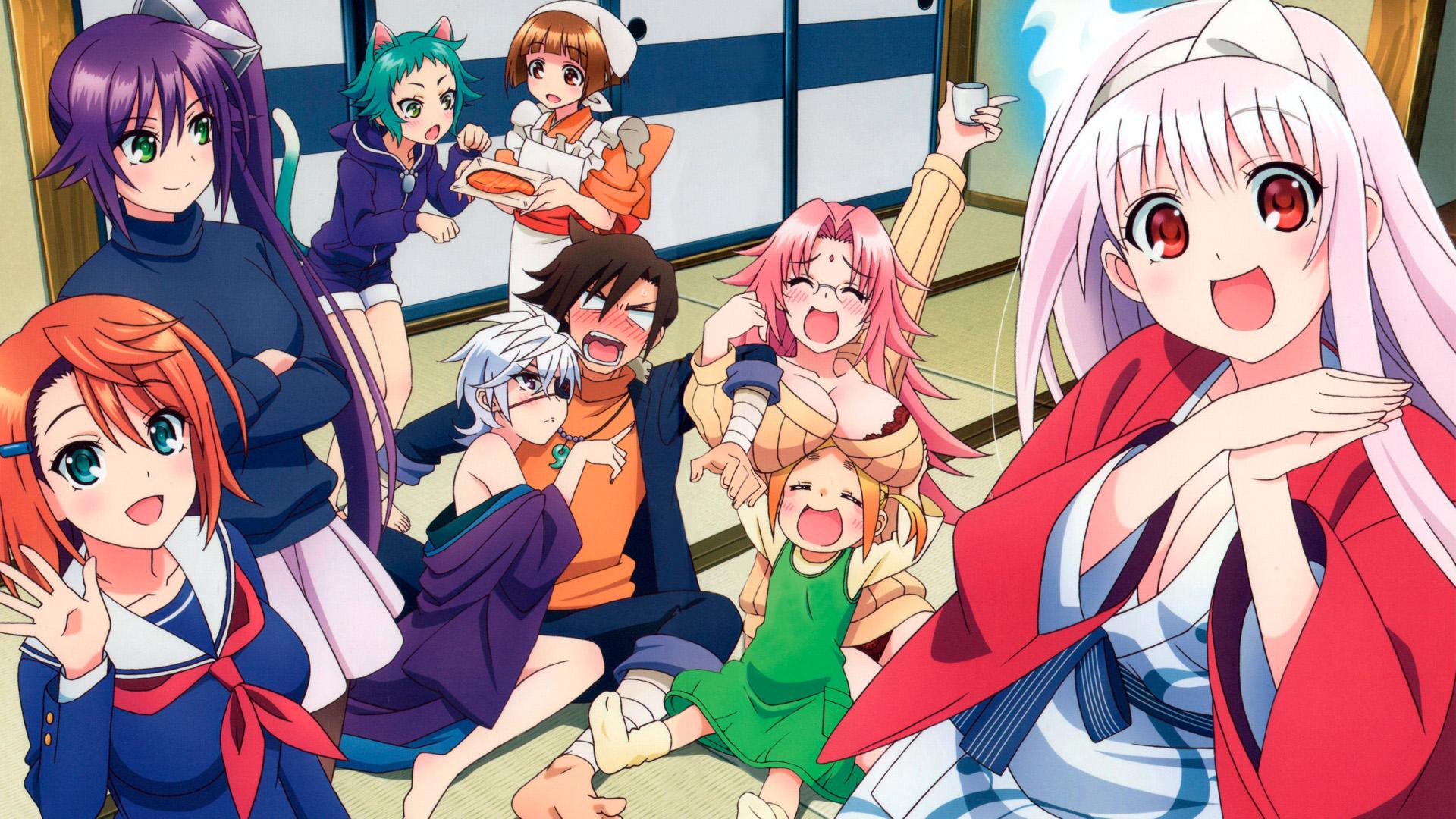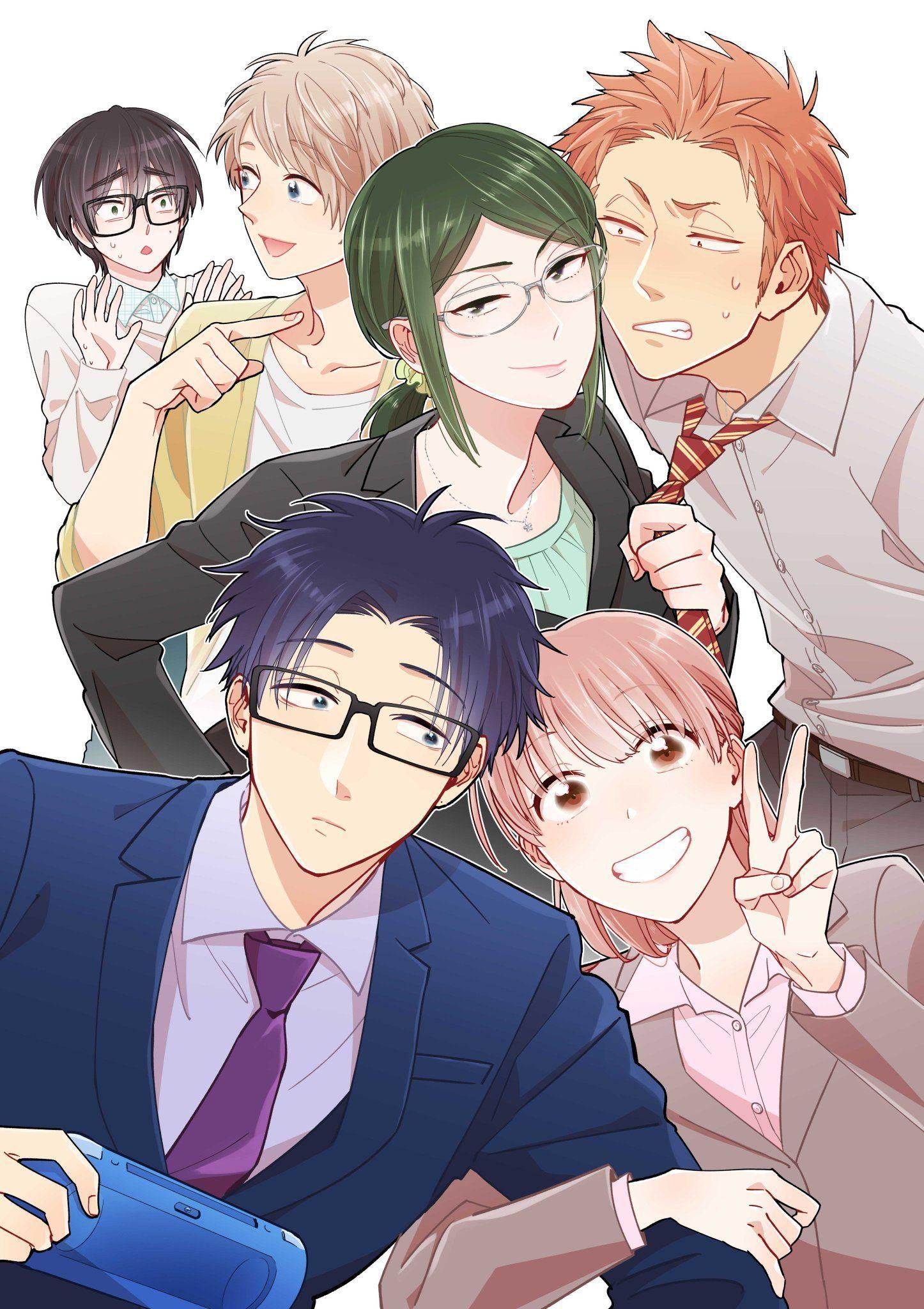Decoding the Panels: A Guide to Reading Manga
Manga, the Japanese word for comics, boasts a global fanbase captivated by its diverse genres, captivating art styles, and compelling storytelling. If you're new to this visual narrative art form, you might be wondering about the proper way to navigate the panels and decipher the story. Don't worry; it's easier than you think! Let's explore the conventions that govern manga reading.
The Direction: Right to Left, Top to Bottom
The most crucial thing to remember is that manga is read from right to left, unlike Western comics. This applies to both the individual panels within a page and the pages themselves. Begin at the upper-right corner of a page and work your way across to the left. Once you've completed the top row of panels, move down to the next row and repeat the process.
Imagine you're looking at a page. Your eyes should naturally flow from the top right, across to the top left, then drop down to the next row, again starting from the right and moving left. It might feel a bit strange at first, but with a little practice, it will become second nature.
This right-to-left orientation extends to the entire book. The spine is on the right side, and you'll flip pages from right to left, moving backward through what Western readers would consider the "end" of the book to reach the beginning.
Deciphering the Dialogue: Speech Bubbles and Text
Speech bubbles in manga are usually read in the same right-to-left order as the panels. Start with the bubble furthest to the right and highest on the page. If bubbles are stacked vertically, read the topmost bubble first. As you progress through the speech bubbles, follow any lines or tails that connect them to the character who is speaking.
Pay close attention to the shape and style of the speech bubbles. A jagged or spiky bubble might indicate shouting or anger, while a dotted bubble could suggest whispering or a quiet tone. There are many visual cues to help understand the characters.
Sound effects, known as onomatopoeia, are frequently used in manga to enhance the action and atmosphere. These are often written in Japanese and can be visually integrated into the artwork. English translations are usually placed near the original Japanese text, often in a smaller font. Understanding these sound effects can add another layer of immersion to your reading experience.
Understanding Manga Art Conventions
Manga art employs a range of visual shorthand to convey emotions and actions efficiently. Exaggerated expressions are common. For example, large, teary eyes often signify sadness, while a sweatdrop on the forehead can indicate embarrassment or anxiety. These visual cues are crucial for understanding the nuances of the story and characters.
Speed lines are another common element, used to depict movement and action. These lines are often drawn behind a character or object to suggest rapid motion. Similarly, motion blurs can be used to create a sense of speed or impact.
Backgrounds in manga can range from highly detailed to minimalist, depending on the scene and the artist's style. Sometimes, backgrounds are deliberately left blank to focus the reader's attention on the characters and their interactions.
Pacing and Panel Layout
Manga artists use panel layouts to control the pacing of the story. A series of small, closely spaced panels can create a sense of urgency or excitement, while larger, more expansive panels can be used to slow down the pace and emphasize a particular moment or scene. The arrangement of the panels on a page is carefully considered to guide the reader's eye and create a dynamic visual experience.
Sometimes, panels will break the boundaries of the page, creating a sense of scale or drama. These techniques add visual interest and contribute to the overall storytelling.
Different Genres, Different Styles
Manga encompasses a vast array of genres, each with its own distinct style and conventions. Shonen manga, aimed at young boys, often features action-packed stories with strong, heroic characters. Shojo manga, targeted at young girls, tends to focus on romance and relationships.
Seinen manga is geared towards older men and often explores more mature themes. Josei manga, aimed at older women, also deals with mature themes but often focuses on realistic depictions of relationships and work life. Understanding the target audience can provide valuable context for interpreting the story and characters.
The artistic styles can vary greatly. Some manga artists employ a highly detailed, realistic style, while others prefer a more stylized, cartoonish approach. Experimenting with different genres and artists will help you discover your preferences and appreciate the diversity of manga art.
Where to Start: Finding Your First Manga
With so many manga titles available, it can be overwhelming to know where to begin. Consider exploring popular series that have gained international acclaim. Titles like "Naruto," "One Piece," and "Attack on Titan" are excellent starting points, offering compelling stories, memorable characters, and visually stunning artwork.
You can also browse manga recommendations based on your interests. If you enjoy fantasy stories, look for titles like "Berserk" or "Fullmetal Alchemist." If you prefer romance, consider "Fruits Basket" or "Your Lie in April." Online manga platforms and communities can provide valuable recommendations and reviews to help you find manga that suits your taste.
Local libraries and bookstores often have a manga section where you can browse different titles and genres. Many online retailers also offer digital manga subscriptions, providing access to a wide range of series.
Embrace the Experience
Reading manga is an immersive and rewarding experience. It offers a unique blend of visual storytelling and character development, transporting you to different worlds and introducing you to fascinating characters. By understanding the conventions of manga reading, you can fully appreciate the artistry and storytelling that goes into each page.
Don't be afraid to experiment with different genres and artists, and most importantly, have fun! The world of manga is vast and diverse, waiting to be explored.
As you become more familiar with manga, you'll develop your own reading style and preferences. Some readers prefer to focus on the artwork, while others prioritize the dialogue and plot. There's no right or wrong way to read manga, as long as you're enjoying the story and appreciating the artistry.
So grab a volume, find a comfortable spot, and prepare to embark on a visual adventure. The world of manga awaits!
